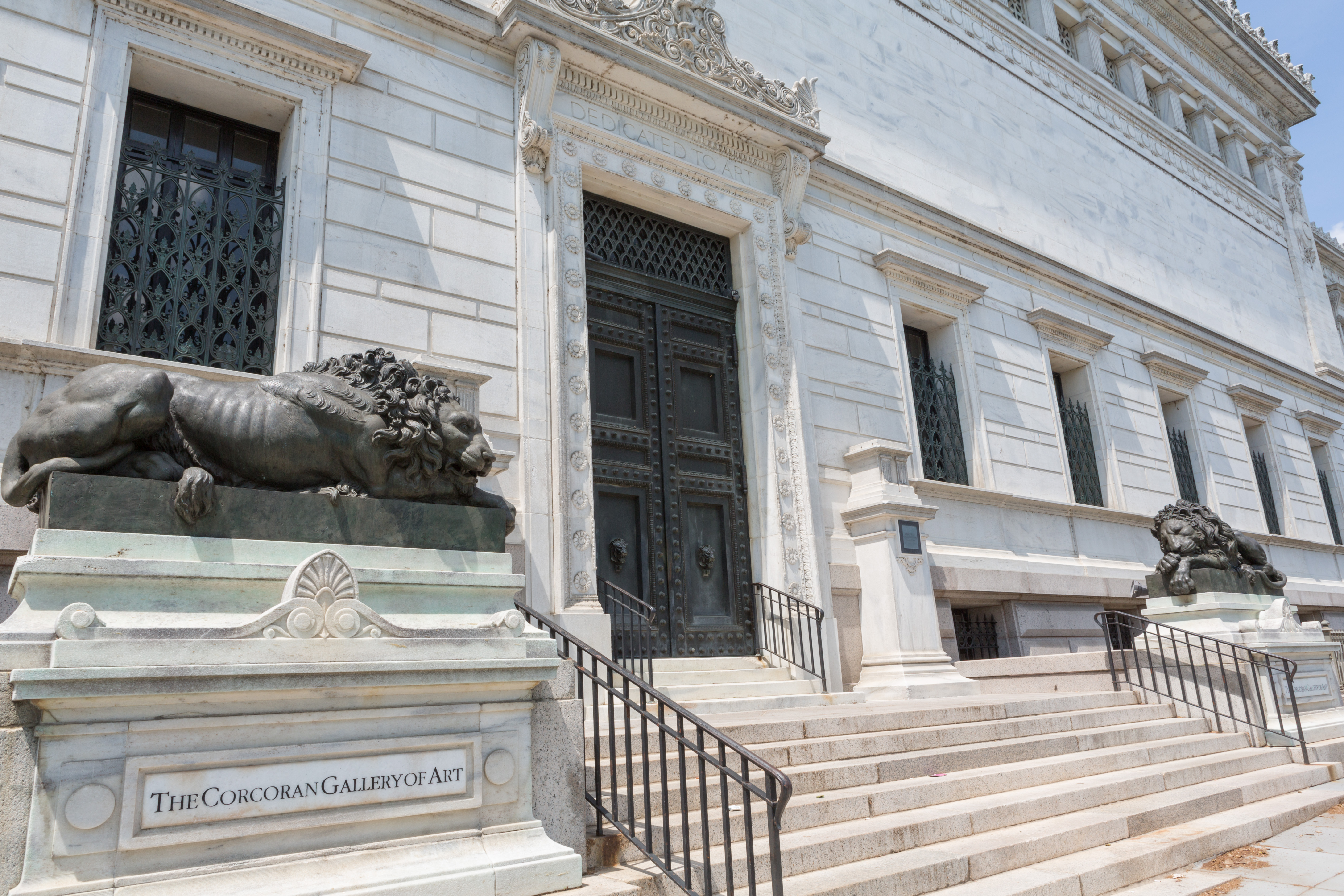The D.C. Historic Preservation Board said Thursday it would decide next month whether to designate the interior of the 17th Street Corcoran building as historic.
The board heard public comments Thursday from the George Washington University, the D.C. Preservation League and members of the public on an application for historic designation of portions of the interior of the 17th Street building. The application was filed by Save the Corcoran and the D.C. Preservation League.
The board said the decision would be made at its meeting next month on April 23.
GW received the 17th Street building as part of the agreements it signed with the Corcoran Gallery of Art last summer, and the university is currently working on a phased renovation plan to expand classroom space and make necessary updates to the building’s infrastructure.
Deputy General Counsel Charles Barber presented to the board on behalf of the university. He said that GW recognizes the historic significance of the Corcoran's 17th Street building and is committed to preserving major interior spaces, including the building’s vestibule, atrium, grand stairs, rotunda, Salon Doré and the Clark addition stairs. GW asked that the board consider keeping private spaces from becoming designated as historic areas to allow for changing needs to accommodate an expanded arts education program in the building.
GW is in the process of moving arts education programs from the Corcoran’s former Fillmore building, which is being sold this year, into the 17th Street building. Proceeds of the Fillmore property are to be used for the Corcoran School’s operational costs or the 17th Street building’s renovations.
Designating the interior as historic could delay GW’s ability to address space changes and other requirements for students in the Corcoran’s arts education programs, said GW’s Executive Director for Planning, Development and Construction David Dent after the hearing. He explained that if the historic designation is granted to the full interior of the building, it would affect the flexibility, timing and costs of implementing needed space changes and building system improvements to support the academic program.
Statements from those in favor of the application said that designating the Corcoran building’s interior as historic would protect the value of the building’s past and protect it for future generations. The 17th Street building is the oldest running museum in D.C. and one of three oldest museums in the country.
At the hearing, Mr. Barber said that the university takes its responsibility as a steward for historic spaces seriously. There are 18 historic buildings on the Foggy Bottom Campus. Additionally, the university’s recent renovation of the 160-year-old Woodhull House was nominated for a preservation award.
Any and all maintenance and systems upgrades will be handled in a way that respects the integrity of the 17th Street Corcoran building, he added.
“We need greater flexibility to shape the space for arts education,” he said.
Stephanie Travis, the interim co-director of the Corcoran School of the Arts and Design and the director of the interior architecture and design program, provided comments at the hearing and urged the board to apply a historic designation to the building’s interior in a way that honors history while still allowing GW to continue developing the Corcoran School’s arts program.
“Too many restrictions on the interiors will prohibit the best project possible. This building could set an example for arts and design education in D.C. and the country,” Ms. Travis said.


